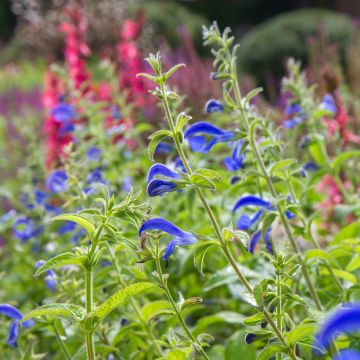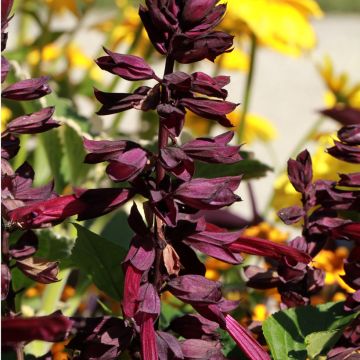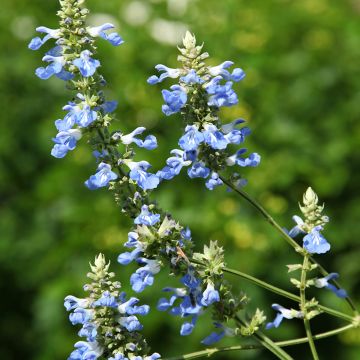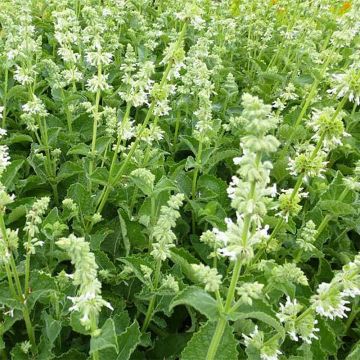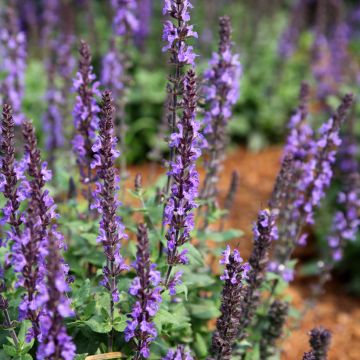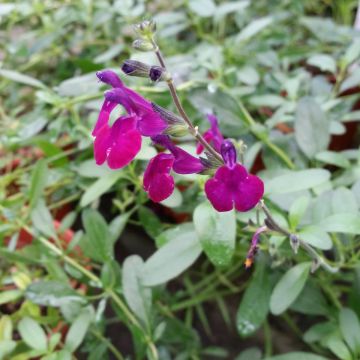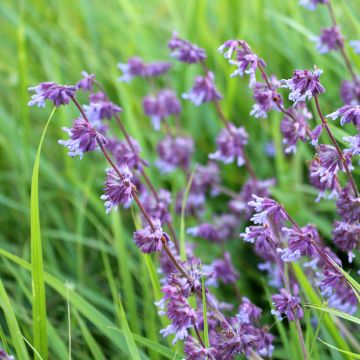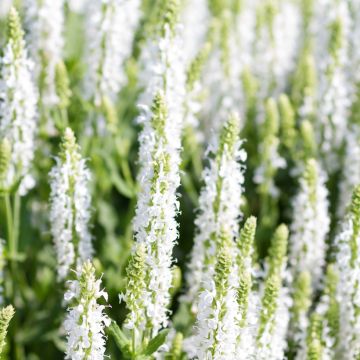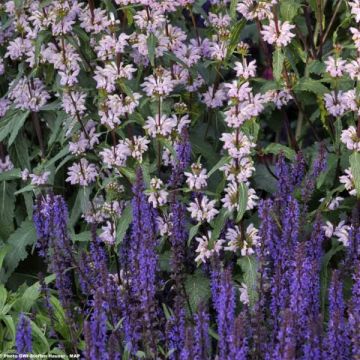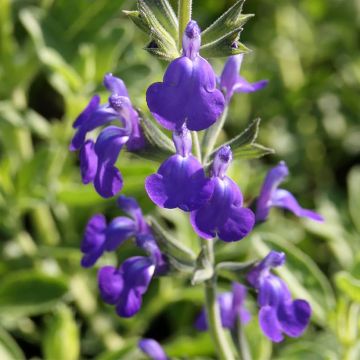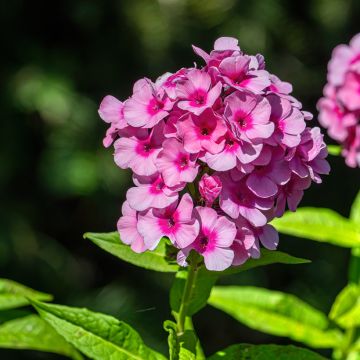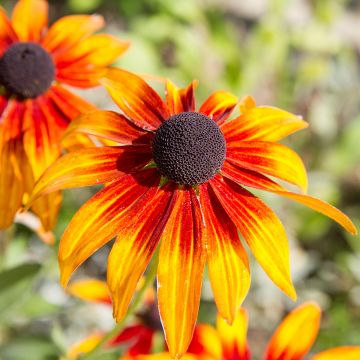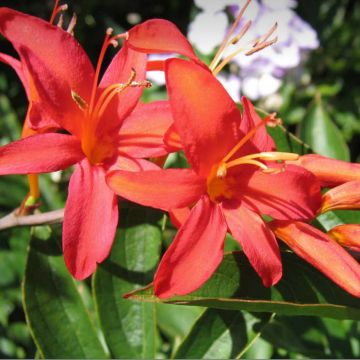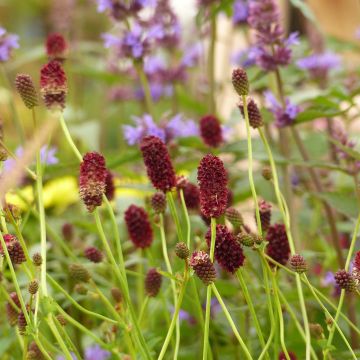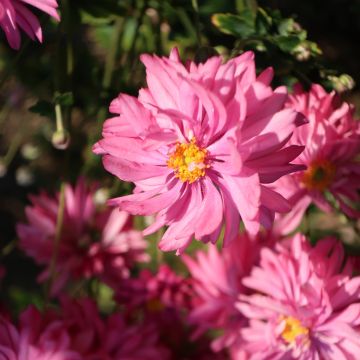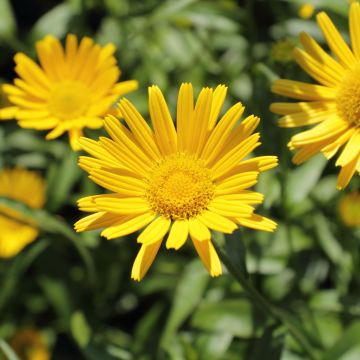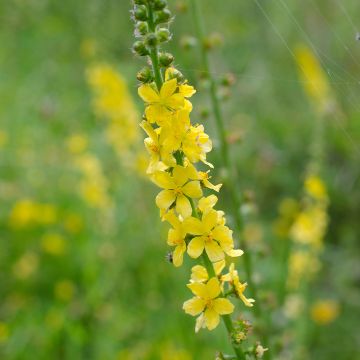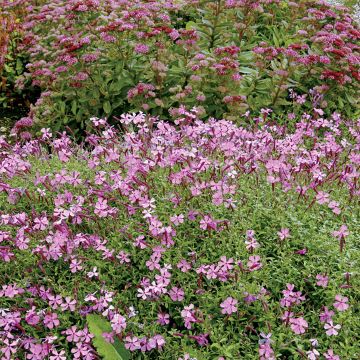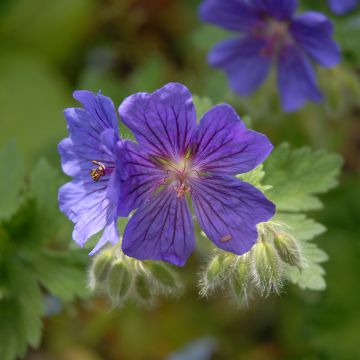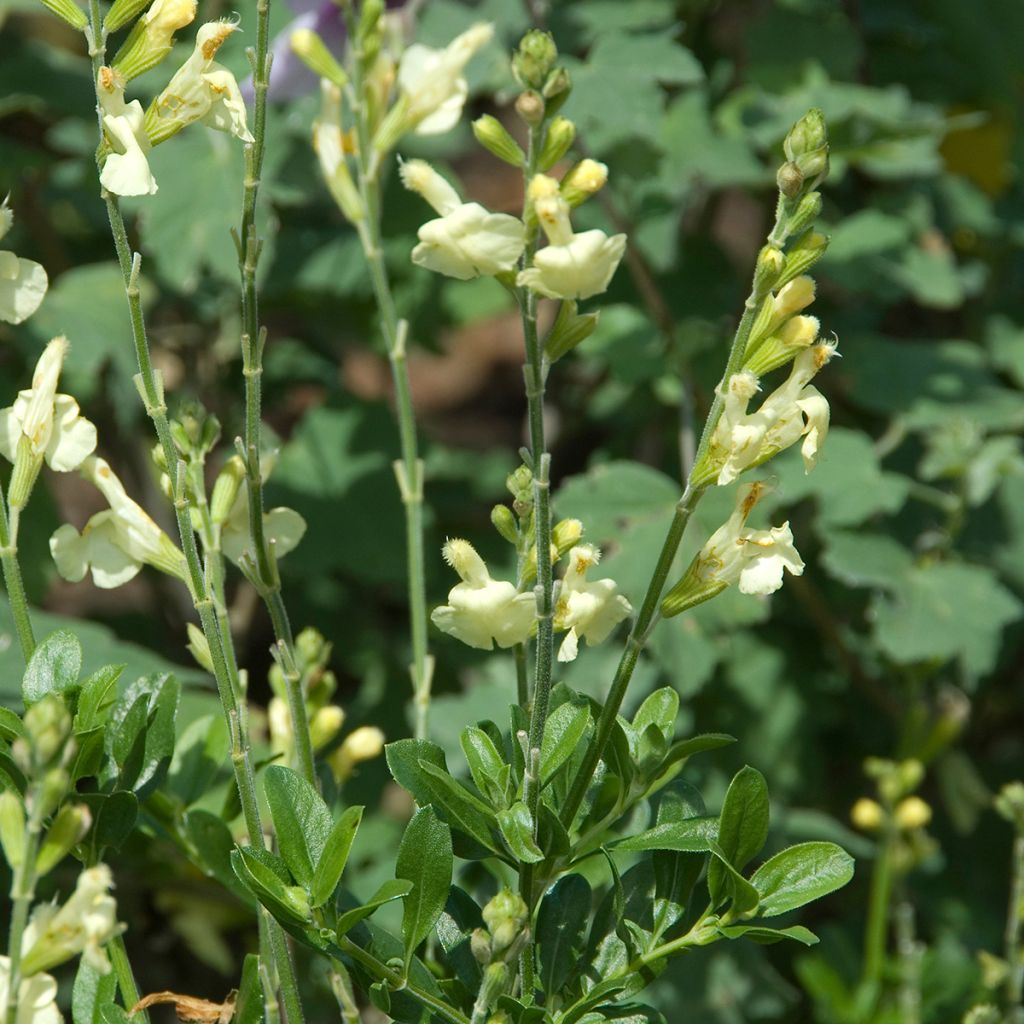

Salvia greggii Sungold (Devon Cream)
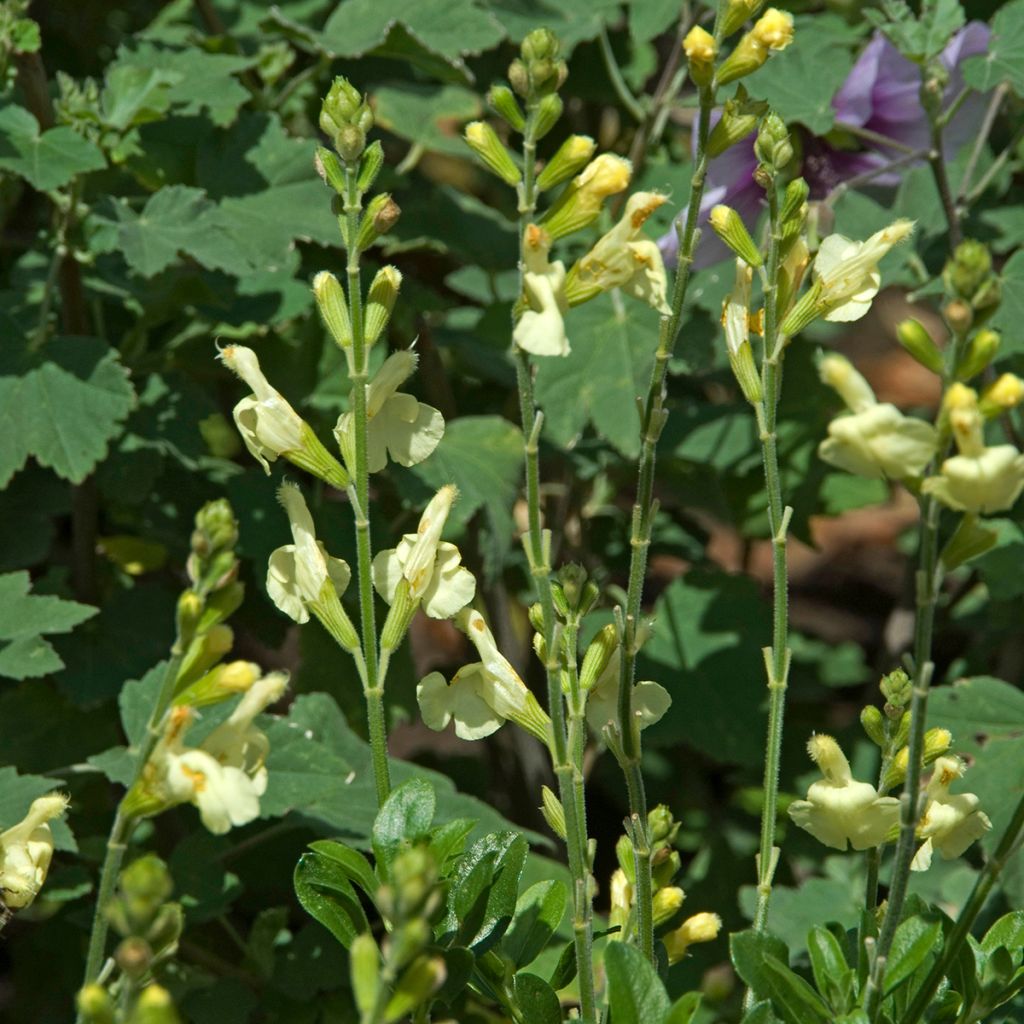

Salvia greggii Sungold (Devon Cream)
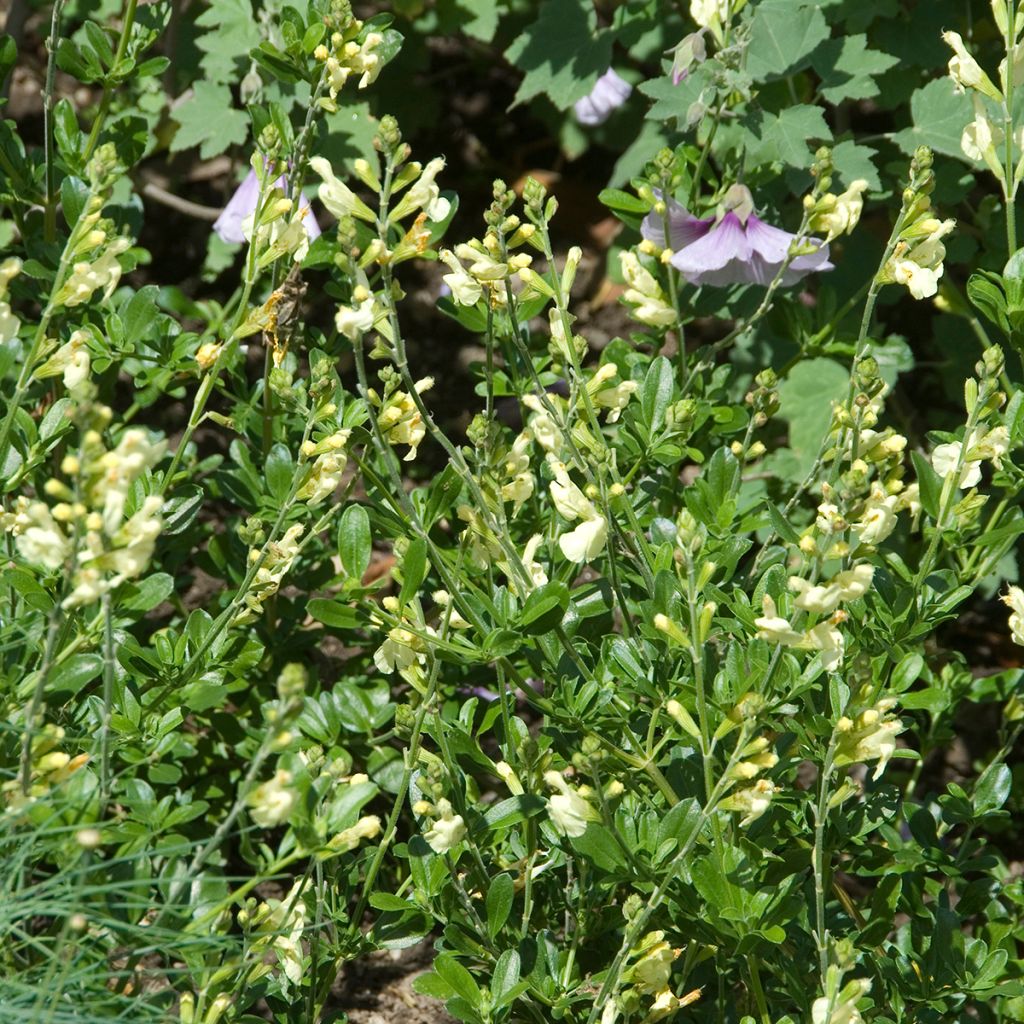

Salvia greggii Sungold (Devon Cream)
Salvia greggii Sungold (Devon Cream)
Salvia greggii Sungold (Devon Cream)
Autumn Sage, Cherry Sage
This item cannot be shipped to the selected country
Delivery charge from €5.90
Delivery to Corse prohibited
More information
Schedule delivery date,
and select date in basket
This plant carries a 12 months recovery warranty
More information
We guarantee the quality of our plants for a full growing cycle, and will replace at our expense any plant that fails to recover under normal climatic and planting conditions.
From €5.90 for pickup delivery and €6.90 for home delivery
Express home delivery from €8.90.
Delivery to Corse prohibited: UE law prohibits the import of this plant from mainland France to Corse as part of the fight against Xylella fastidiosa. Please accept our sincere apologies.
More information
Does this plant fit my garden?
Set up your Plantfit profile →
Description
The Salvia greggii 'Sungold', also marketed as Salvia 'Devon Cream', is an exceptionally bright variety of shrubby sage. This variety has dense vegetation and produces beautiful rounded volumes in the garden or on the terrace. Its small, delicate leaves are pleasantly aromatic and remain evergreen throughout winter. Its small pure yellow to cream yellow flowers bloom for several months until the first frost.
The 'Sungold' shrub sage is a horticultural selection. Its ancestor is Salvia greggii, also known as Texas White Sage. This aromatic plant is found in the mountains of eastern, western, and southern Mexico and southern Arizona. Its hardiness is rated at -9°C at its peak in well-drained soil. All sages belong to the Lamiaceae or Labiatae family.
The 'Sungold' sage is a ramified shrubby perennial plant with a bushy and spreading habit, as wide as it is tall. It will reach an average size of 60 cm in all directions. Nectariferous and melliferous flowering is particularly generous between May-June and October-November. It only stops in case of very dry soil or when frost arrives. The elongated flowers emerge from the foliage, grouped in spikes. They measure no more than 2 cm long, are soft and bright, and have a beautiful butter-yellow to cream-yellow colour. The foliage consists of small, delicate leaves 1 to 1.5 cm long, medium green colour, thick, aromatic, and slightly sticky, releasing potent fresh and tangy-smelling essential oil with heat. In an intense drought, the plant may partially lose its leaves without affecting its health. New buds and flower buds will develop as soon as the rains return.
This 'Sungold' shrubby sage will accompany the flowering of gauras and the creeping ceanothus 'Blue Diamond', as well as rosemary and rock bellflowers. But its association with autumn asters is fabulous: choose those that require little, such as Aster laevis, A. turbinellus or A. amellus. Shrubby potentillas and grasses will also create an elegant tableau with it. On the terrace, place it in a large pot next to an Imperata cylindrica 'Red Baron'; the contrast of colours and silhouettes is fantastic!
A delicious tea made with Salvia greggii leaves in Mexico is called 'mountain myrtle'.
Report an error about the product description
Flowering
Foliage
Plant habit
Botanical data
Salvia
greggii
Sungold (Devon Cream)
Labiatae
Autumn Sage, Cherry Sage
Cultivar or hybrid
Other Salvia - Sage
Planting and care
Plant Salvia greggii 'Sungold' preferably after spring frosts, in areas with borderline hardiness, but in September-October in hot and dry climates. Plant it in a light, ordinary, porous, rocky soil, even limestone, not too poor to support its flowering. This plant prefers well-sunny situations or, at worst, partial shade. It requires regular watering in autumn and spring to flower abundantly. In poor soil, incorporate a little well-rotted compost or leaf mould. Mulch it in winter, in the coldest regions, and isolate it from the cold as much as possible. Plant it in the warmest corner of the garden, in full sun, against a south-facing wall, on a rocky or sandy slope, or on any substrate that does not retain moisture, which would be fatal to it in winter. It tolerates pot cultivation wonderfully, allowing continental gardeners to store it away.
The hardiness of this variety is estimated at -9 °C.
Planting period
Intended location
Care
This item has not been reviewed yet - be the first to leave a review about it.
Summer flowering perennials
Haven't found what you were looking for?
Hardiness is the lowest winter temperature a plant can endure without suffering serious damage or even dying. However, hardiness is affected by location (a sheltered area, such as a patio), protection (winter cover) and soil type (hardiness is improved by well-drained soil).

Photo Sharing Terms & Conditions
In order to encourage gardeners to interact and share their experiences, Promesse de fleurs offers various media enabling content to be uploaded onto its Site - in particular via the ‘Photo sharing’ module.
The User agrees to refrain from:
- Posting any content that is illegal, prejudicial, insulting, racist, inciteful to hatred, revisionist, contrary to public decency, that infringes on privacy or on the privacy rights of third parties, in particular the publicity rights of persons and goods, intellectual property rights, or the right to privacy.
- Submitting content on behalf of a third party;
- Impersonate the identity of a third party and/or publish any personal information about a third party;
In general, the User undertakes to refrain from any unethical behaviour.
All Content (in particular text, comments, files, images, photos, videos, creative works, etc.), which may be subject to property or intellectual property rights, image or other private rights, shall remain the property of the User, subject to the limited rights granted by the terms of the licence granted by Promesse de fleurs as stated below. Users are at liberty to publish or not to publish such Content on the Site, notably via the ‘Photo Sharing’ facility, and accept that this Content shall be made public and freely accessible, notably on the Internet.
Users further acknowledge, undertake to have ,and guarantee that they hold all necessary rights and permissions to publish such material on the Site, in particular with regard to the legislation in force pertaining to any privacy, property, intellectual property, image, or contractual rights, or rights of any other nature. By publishing such Content on the Site, Users acknowledge accepting full liability as publishers of the Content within the meaning of the law, and grant Promesse de fleurs, free of charge, an inclusive, worldwide licence for the said Content for the entire duration of its publication, including all reproduction, representation, up/downloading, displaying, performing, transmission, and storage rights.
Users also grant permission for their name to be linked to the Content and accept that this link may not always be made available.
By engaging in posting material, Users consent to their Content becoming automatically accessible on the Internet, in particular on other sites and/or blogs and/or web pages of the Promesse de fleurs site, including in particular social pages and the Promesse de fleurs catalogue.
Users may secure the removal of entrusted content free of charge by issuing a simple request via our contact form.
The flowering period indicated on our website applies to countries and regions located in USDA zone 8 (France, the United Kingdom, Ireland, the Netherlands, etc.)
It will vary according to where you live:
- In zones 9 to 10 (Italy, Spain, Greece, etc.), flowering will occur about 2 to 4 weeks earlier.
- In zones 6 to 7 (Germany, Poland, Slovenia, and lower mountainous regions), flowering will be delayed by 2 to 3 weeks.
- In zone 5 (Central Europe, Scandinavia), blooming will be delayed by 3 to 5 weeks.
In temperate climates, pruning of spring-flowering shrubs (forsythia, spireas, etc.) should be done just after flowering.
Pruning of summer-flowering shrubs (Indian Lilac, Perovskia, etc.) can be done in winter or spring.
In cold regions as well as with frost-sensitive plants, avoid pruning too early when severe frosts may still occur.
The planting period indicated on our website applies to countries and regions located in USDA zone 8 (France, United Kingdom, Ireland, Netherlands).
It will vary according to where you live:
- In Mediterranean zones (Marseille, Madrid, Milan, etc.), autumn and winter are the best planting periods.
- In continental zones (Strasbourg, Munich, Vienna, etc.), delay planting by 2 to 3 weeks in spring and bring it forward by 2 to 4 weeks in autumn.
- In mountainous regions (the Alps, Pyrenees, Carpathians, etc.), it is best to plant in late spring (May-June) or late summer (August-September).
The harvesting period indicated on our website applies to countries and regions in USDA zone 8 (France, England, Ireland, the Netherlands).
In colder areas (Scandinavia, Poland, Austria...) fruit and vegetable harvests are likely to be delayed by 3-4 weeks.
In warmer areas (Italy, Spain, Greece, etc.), harvesting will probably take place earlier, depending on weather conditions.
The sowing periods indicated on our website apply to countries and regions within USDA Zone 8 (France, UK, Ireland, Netherlands).
In colder areas (Scandinavia, Poland, Austria...), delay any outdoor sowing by 3-4 weeks, or sow under glass.
In warmer climes (Italy, Spain, Greece, etc.), bring outdoor sowing forward by a few weeks.

































